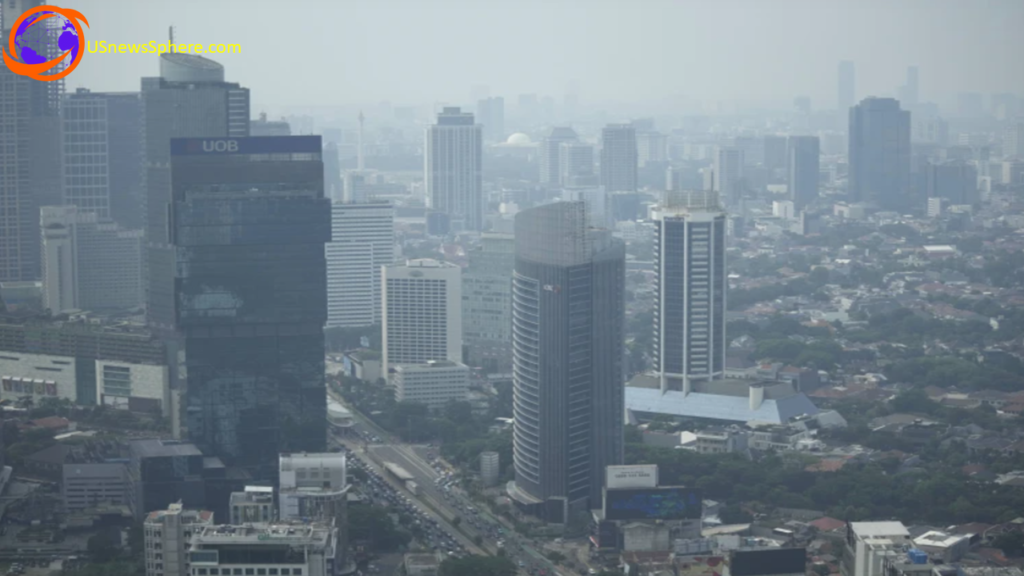Earth Health; Scientists have warned in a recent study published in the journal Science Advances that Earth is operating beyond its safe boundaries in most vital aspects. This comprehensive assessment provides an insight into the health of our planet and the urgency to mend our ways.
Earth health:

Breaking Down the Metrics: The Planet’s Vital Signs
- Climate: With rising carbon dioxide levels, currently peaking at 424 parts per million, the climate is undergoing rapid changes. This shift is pushing it beyond the threshold that scientists believe is safe for humans and other species.
- Biodiversity: The richness and variety of species have decreased alarmingly. Johan Rockstrom emphasizes the role of biodiversity in maintaining the stability of the carbon and water cycles.
- Land: Human activities are degrading land quality. The study shows that by conserving and revitalizing our forests to their late 20th-century levels, we can effectively combat rising carbon levels.
- Freshwater: River runoff and our understanding of water issues have pushed water from a “borderline safe” zone to a high-risk category.
- Nutrient Pollution: Excessive use of fertilizers and other pollutants is damaging ecosystems, affecting both aquatic and terrestrial life.
- Novel Chemicals: Man-made compounds like microplastics and nuclear waste are increasingly contaminating the environment, posing threats to both human health and ecosystems.
Earth; The Silver Lining:
While the above metrics show alarming trends, not all hope is lost. The health of the ozone layer has shown improvement, indicating that international cooperative efforts can work. The air’s health and ocean’s acidity, although presently within safe boundaries, need constant monitoring due to concerning trajectories.
Interconnection of Metrics: Rockstrom’s team used computer simulations to demonstrate the intertwined nature of these factors. Degrading one aspect, like climate, can worsen others, while improving one can enhance the others.
Expert Opinions: While some experts debate the methods employed in this study, there is a consensus that Earth’s vital signs are under stress. Granger Morgan from Carnegie Mellon highlighted the need for immediate action, likening Earth’s current state to “burnt toast.”

Surfers float in the water while waiting for a wave in Malibu, Calif., Aug. 31, 2023
Conclusion and Way Forward: The challenges ahead are daunting, but as the recovery of the ozone layer has shown, global coordinated action can yield positive results. Addressing these issues demands both collective and individual efforts. As Jonathan Overpeck from the University of Michigan suggests, this study is a “flashing red alarm,” but there remains a glimmer of hope for the future.
Our planet’s health check reveals a pressing call to action. With multiple critical zones facing alarming degradation, it’s evident that Earth’s resilience is at stake. However, the recovery of the ozone layer offers a beacon of hope, proving that with concerted global efforts, we can revert and protect our natural systems. As stewards of this planet, it’s imperative for us to heed these warnings, understand the interconnectedness of these metrics, and rally together to restore Earth’s balance. Ignoring these signs might be at our peril, but acknowledging and addressing them can pave the way for a sustainable future
[cnn.com]





